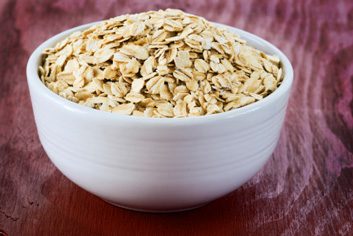
Blast belly fat
A study published in 2011 in the journal Obesity linked eating more soluble fibre to reduced visceral fat. This fat is found deep in the belly surrounding vital organs; higher amounts are associated with high blood pressure, diabetes and fatty liver disease. For every 10-gram increase in soluble fibre that study participants consumed per day, visceral fat was reduced by almost four percent. (As well, an increase in moderate activity resulted in a seven percent decrease.) A ¾-cup (175 mL) serving of cooked oatmeal provides four grams of fibre, and the same amount of cooked barley offers three grams.
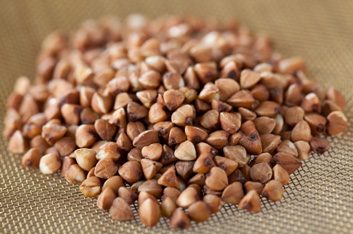
Prevent gallstones
Eating all that fibre can also help women avoid gallstones. ?A study published in the American Journal of Gastroenterology tracked the dietary fibre intake and rate of gallstone surgery in close to 70,000 women over a 16-year period. It showed that the women eating the most foods high in insoluble fibre had a 17 percent lower risk of gallstones compared to those eating the least.
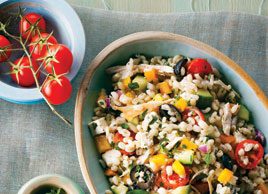
Control blood sugar
According to research done at Lund University in Sweden, eating the right grains for breakfast-such as whole-grain barley, either boiled or in bread-helped to moderate increases in blood sugar for up to 10 hours. This is beneficial because large fluctuations in blood sugar levels are linked to an increased risk of type 2 diabetes, obesity and cardiovascular diseases.
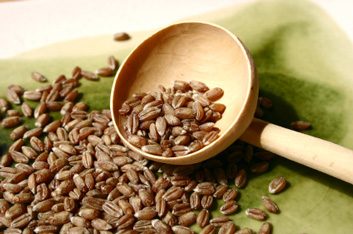
Fight free radicals
Spelt-an ancient grain related to wheat-is a rich source of manganese, which plays a key part in the antioxidant enzyme superoxide dismutase. This enzyme helps fight free radicals in the body that may play a role in aging, heart disease and cancer, preventing some of the damage they cause. A ½-cup (125 mL) serving of cooked spelt provides 62 percent of your daily needs, and the same amount of cooked buckwheat-a cousin of rhubarb and sorrel-contains 20 percent.
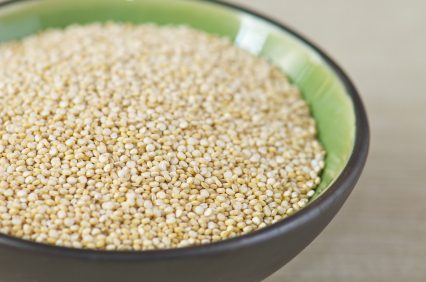
Get your protein
Protein helps to repair and maintain muscles, skin, organs and glands, as well as providing energy. Unlike most plant-based foods, quinoa-a grain dating back to the Incas-contains all nine of the essential amino acids needed to make complete proteins. A ½-cup (125 mL) serving of cooked regular or red quinoa provides more than three grams of protein. (If you are eating other whole grains, combine them with legumes to complete their protein content.)
Related:
• Seeds and whole grains: An easy way to boost nutrition
• 4 foods that boost good cholesterol
• 8 healthy ways to cook with grains
